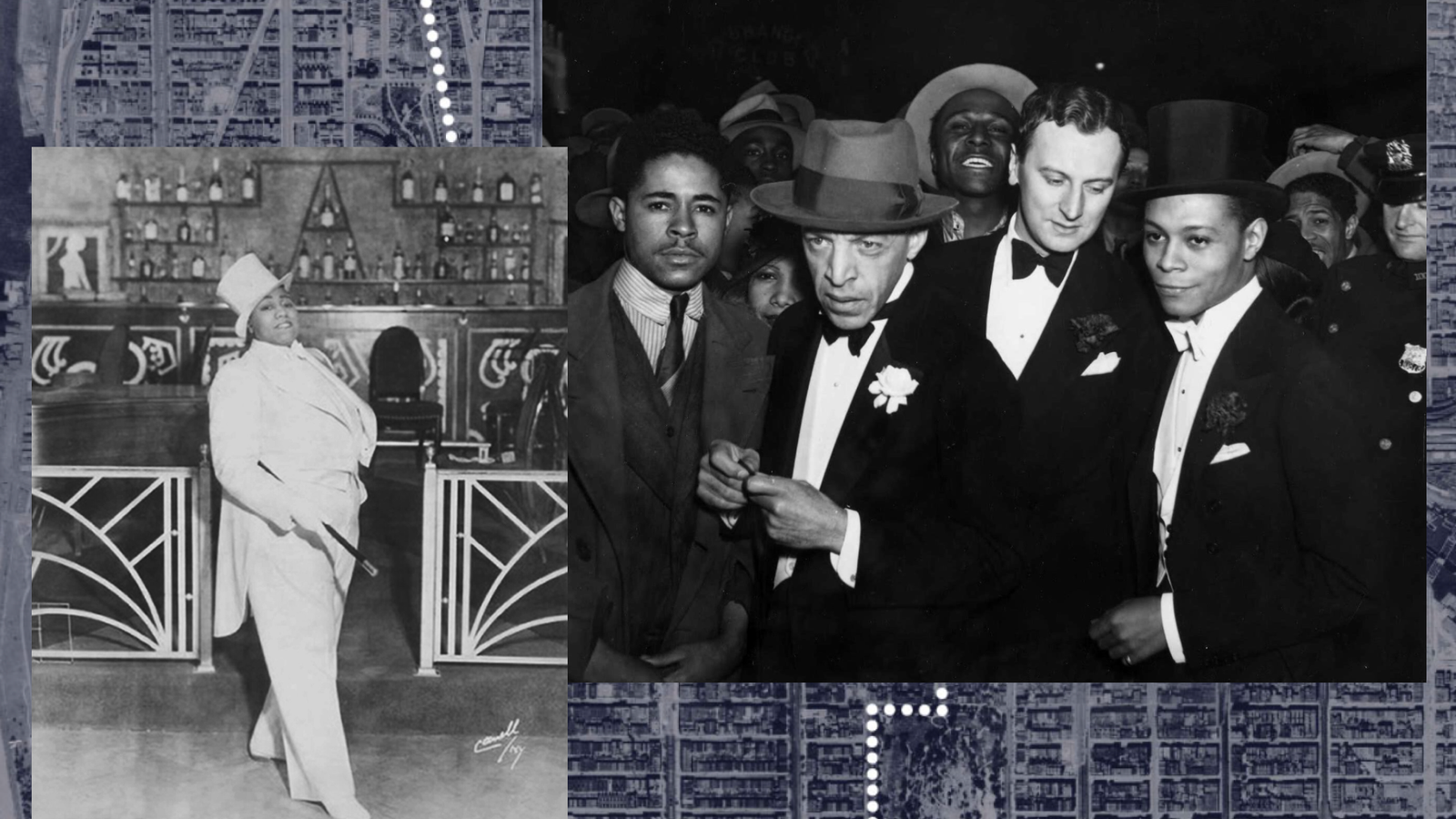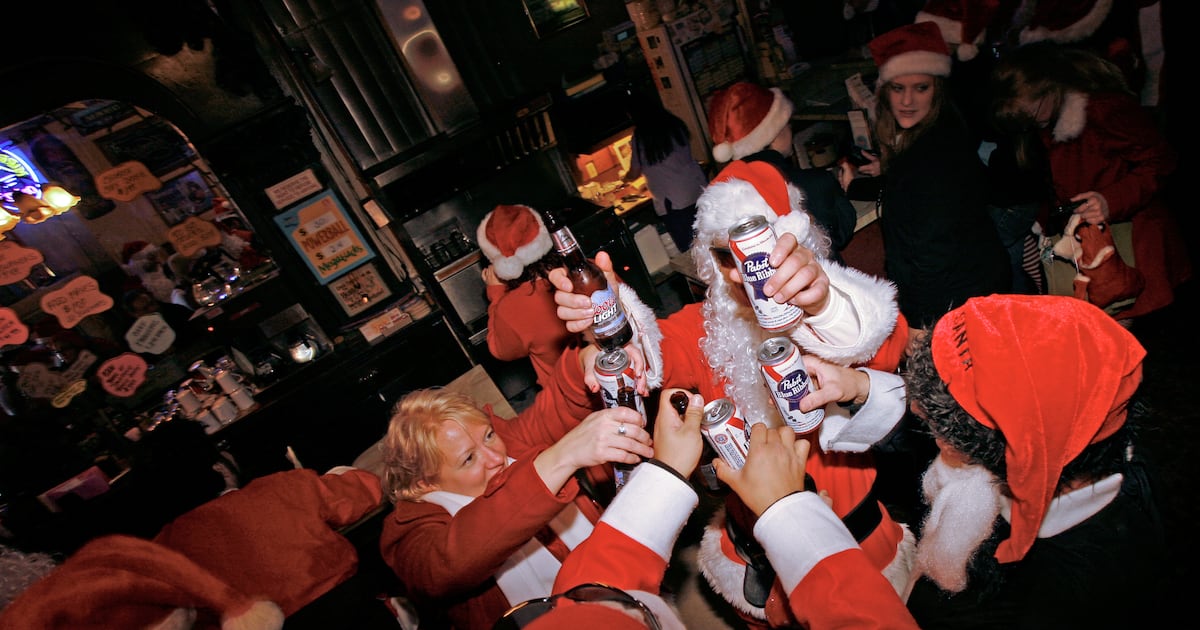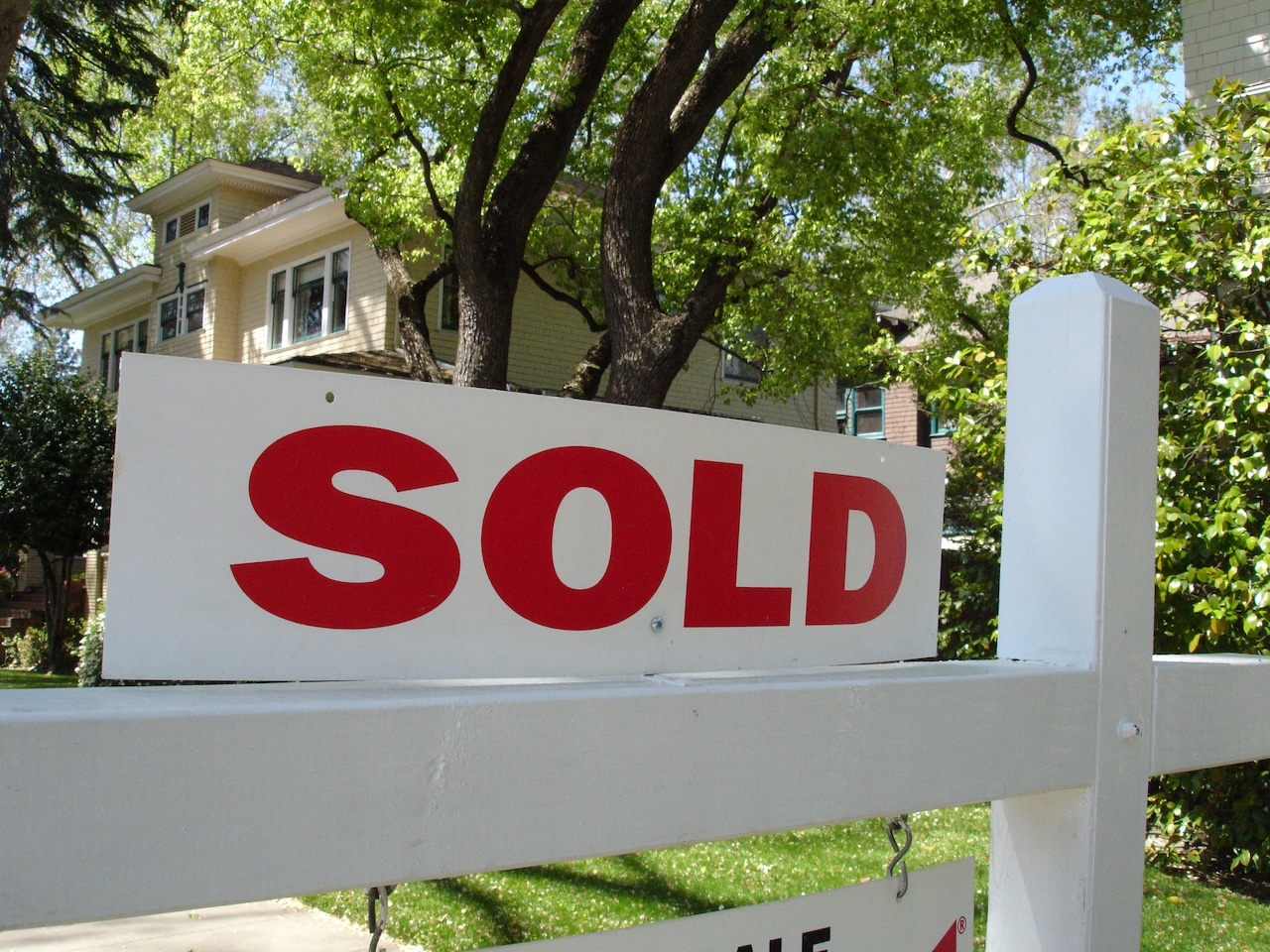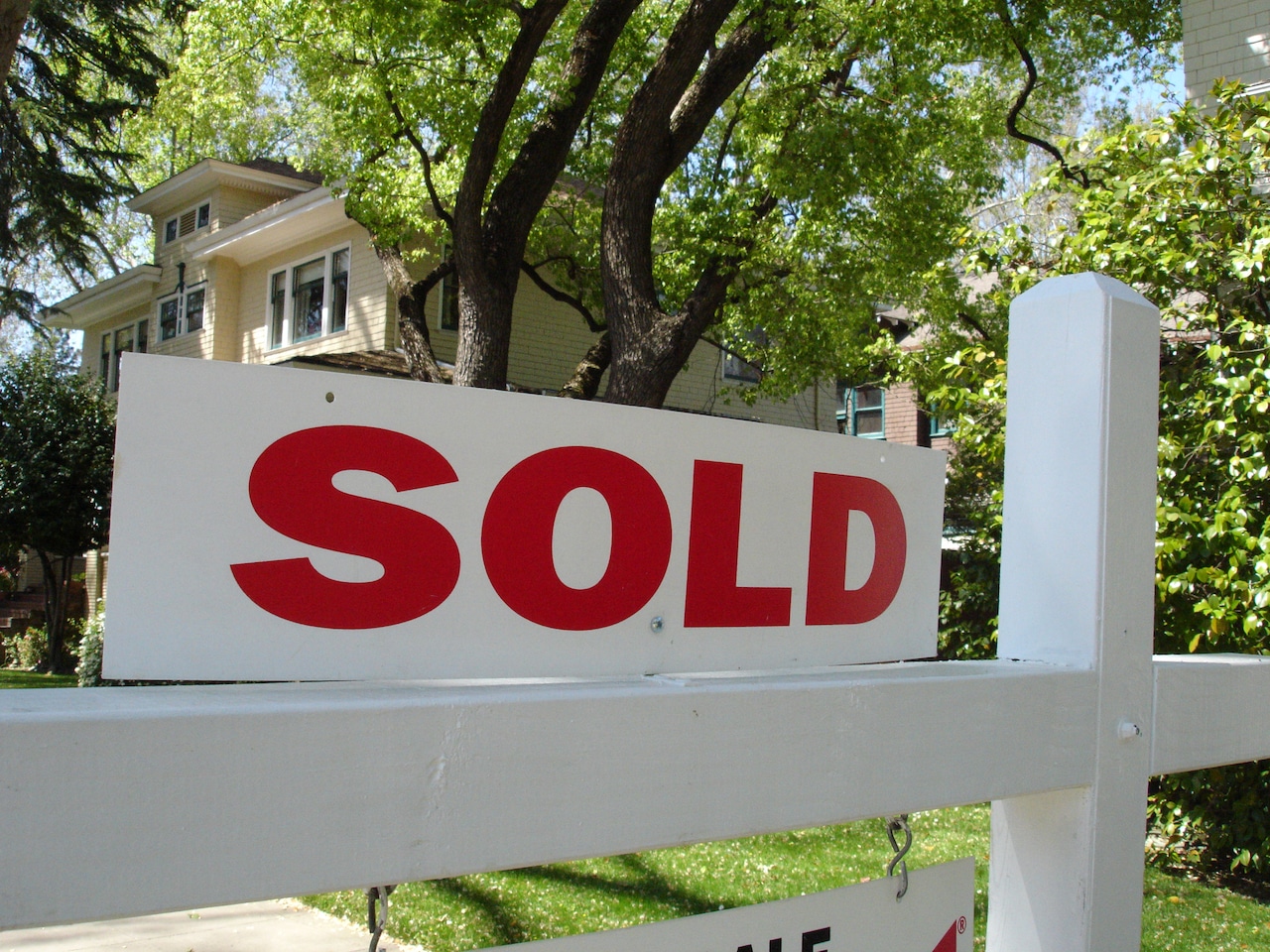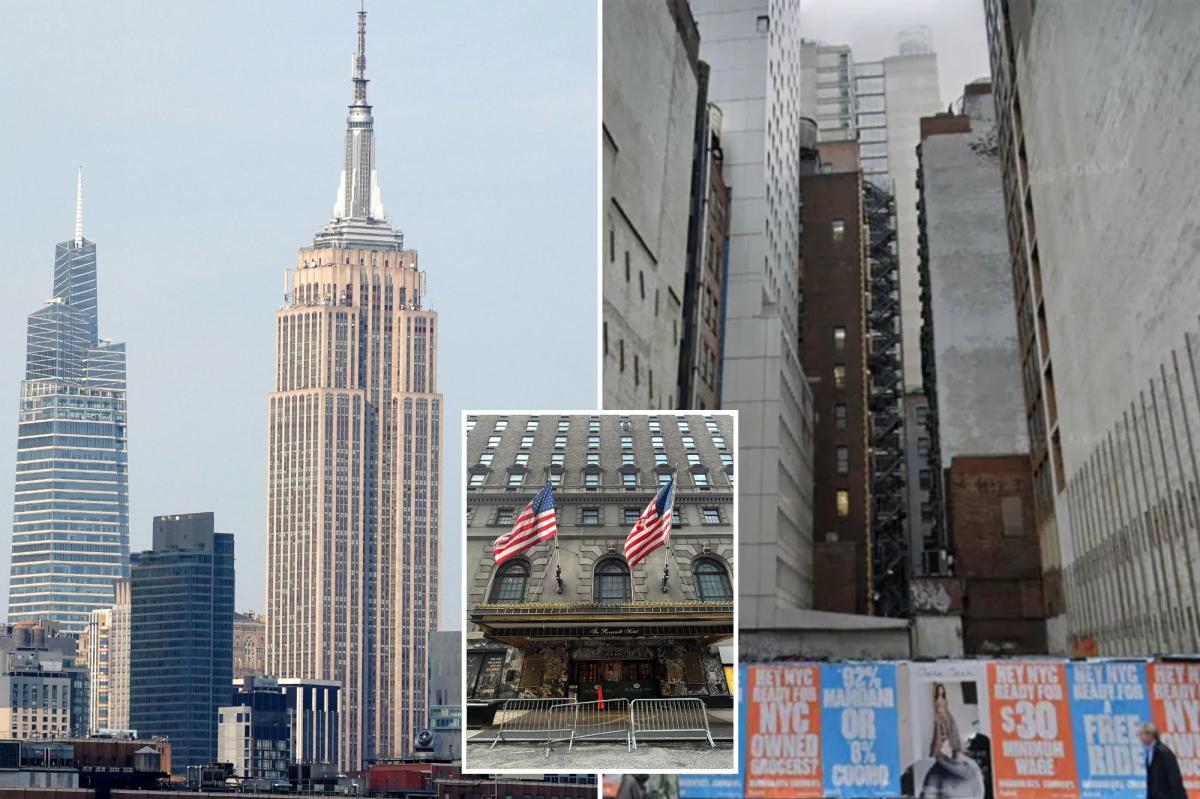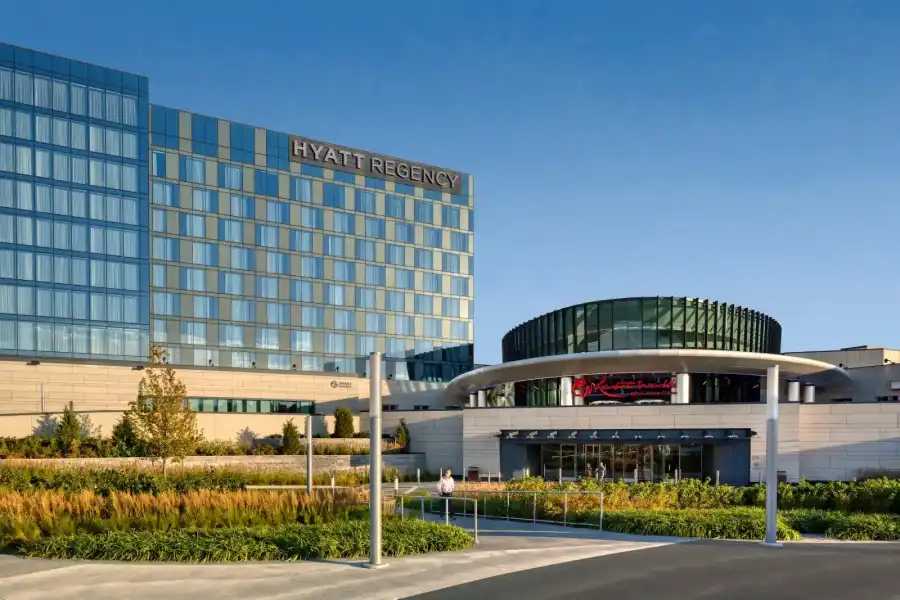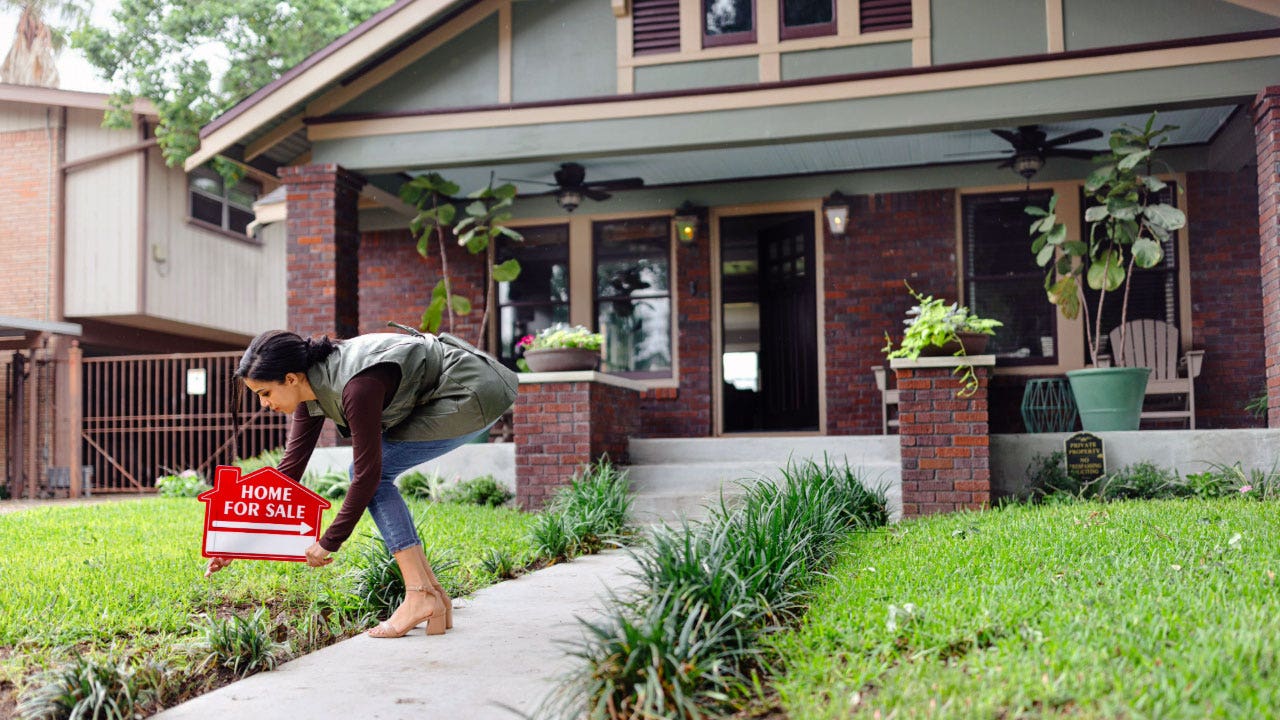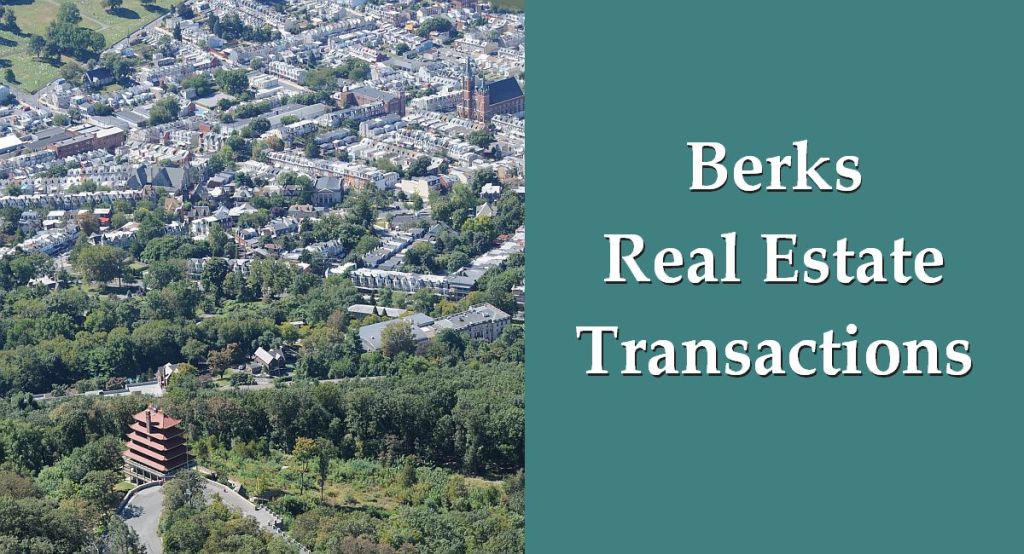T
wo Black men in tuxedos dance together in the foreground of a smoky scene from "Looking for Langston," a 1989 film that reevaluated gay and lesbian contributions to the Harlem Renaissance. The film highlights the complex lives of L.B.G.T. performers and entertainers who used their artistry to express their sexuality, while others kept their private lives hidden.
A map of Manhattan shows the borders of Harlem, which extends from Central Park to 145th Street and from St. Nicholas Park to Fifth Avenue. Various points in Harlem are highlighted on the map, including locations associated with Ma Rainey, Gladys Bentley, Bessie Smith, Jimmie Daniels, Ethel Waters, Edna Thomas, Georgette Harvey, Alberta Hunter, and others.
As the Harlem Renaissance flourished, public and semi-public spaces for L.G.B.T. life emerged, such as theaters, lodges, cabarets, salons, nightclubs, parks, bathhouses, and streets. These locations created new social contacts and erotic possibilities that weren't available before, said Shane Vogel, a professor of English and African American Studies at Yale University.
Maps highlight various nightlife venues in Harlem, including the Hamilton Lodge at Rockland Palace, Ubangi Club, Swing Street, The Cotton Club, Clam House, Savoy Ballroom, Mount Morris Bathhouse, Harlem Y.M.C.A., Hotel Olga, Lafayette Theater, and others. Pedestrians walk in the foreground of some maps.
While race was commonly explored by artists and thinkers during the Renaissance, some openly discussed sexuality, which was viewed as scandalous. Others carefully coded their references to make them more difficult to detect. Maps show locations associated with Alain Locke, Nella Larsen, Langston Hughes, Countee Cullen, Richard Bruce Nugent, Carl Van Vechten, Harold Jackman, Maurice Hunter, and Claude McKay.
Private spaces in Harlem, mainly homes and apartments, held intimate socializing and sexual experimentation that couldn't exist at large nightclubs or segregated venues. Invite-only soirees or rent parties were primarily spread through word of mouth. Maps show locations associated with A'Leila Walker and the Dark Tower, Wallace Thurman, Iolanthe Sydney, Alexander Gumby Book Studio, and 409 Edgecombe Avenue.
Efforts to reexamine Harlem's queer history have helped audiences reimagine Renaissance-era spaces and celebrate aspects of its everyday life that were underground.
